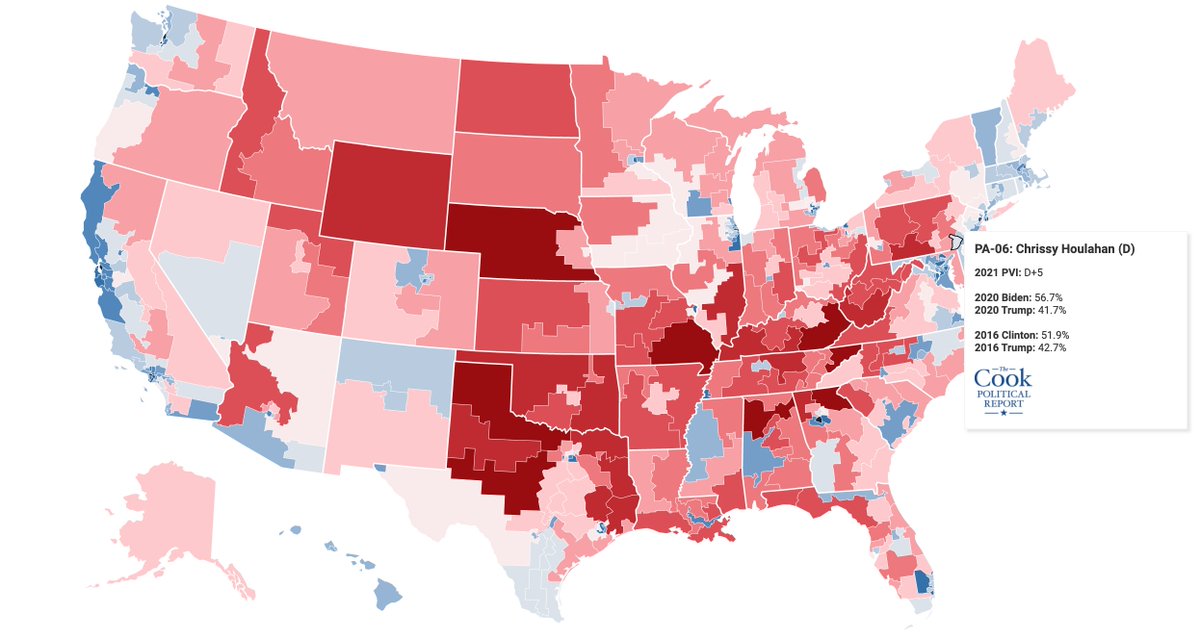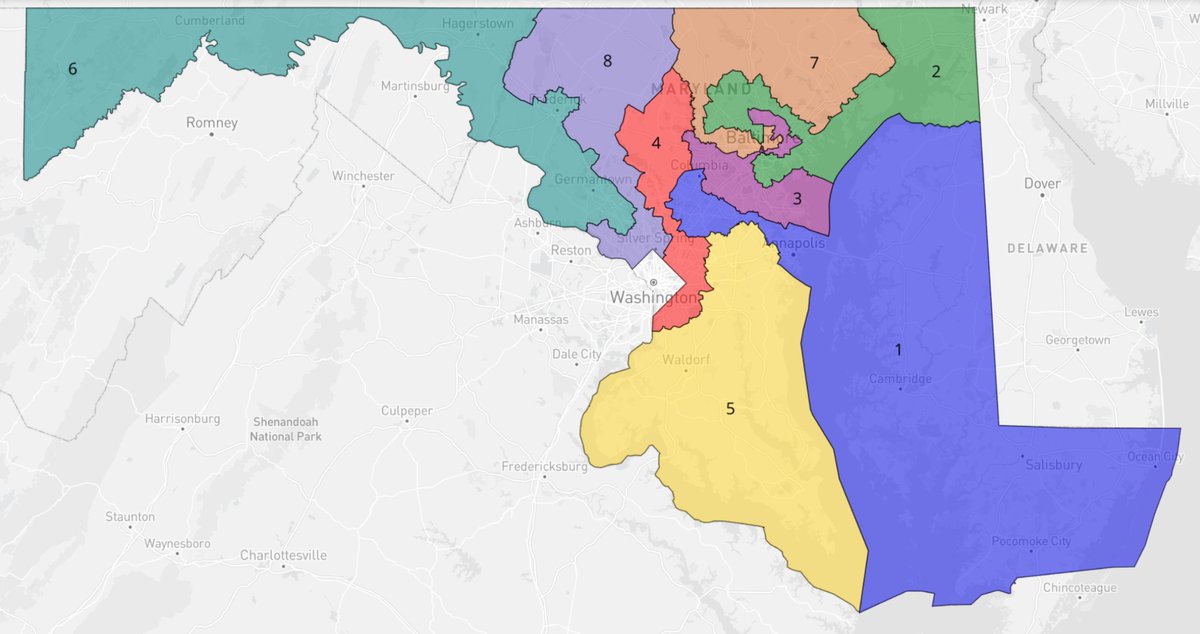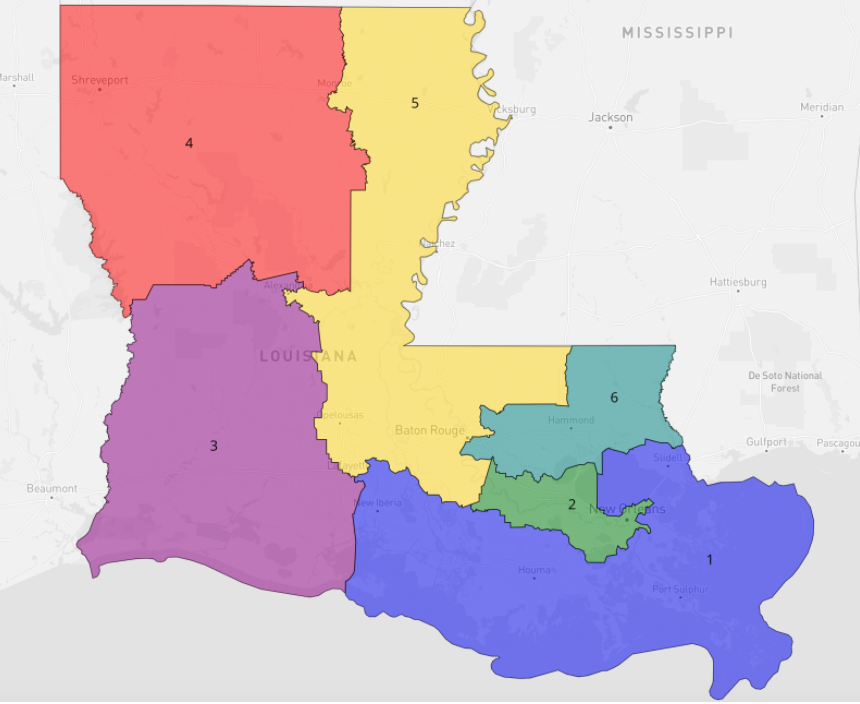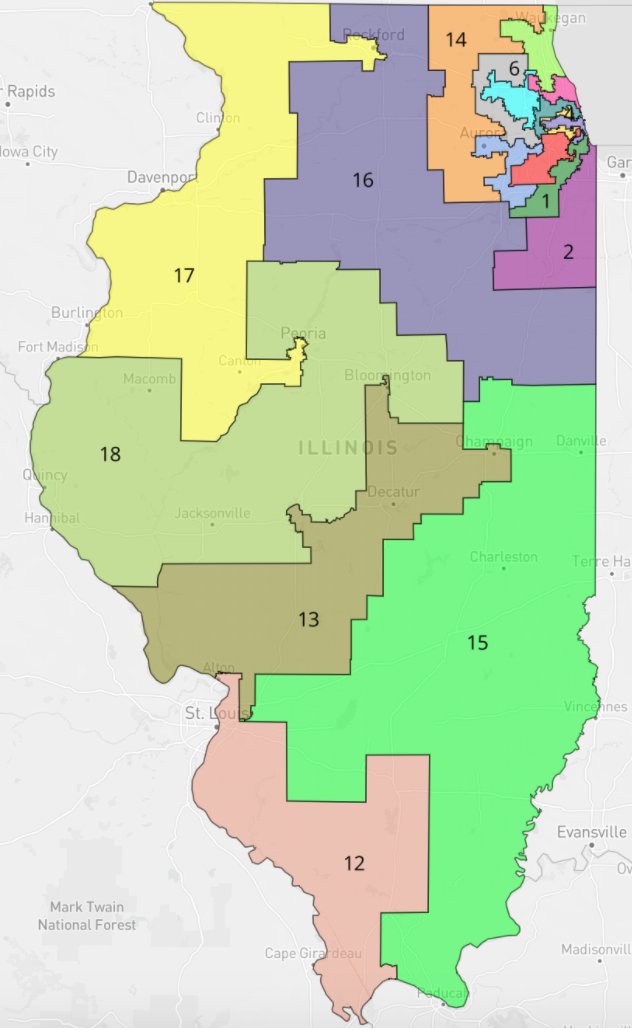
It's here (please clap). cookpolitical.com/analysis/natio…
Check out @CookPolitical's brand new PVI report by yours truly and @alflinn on the latest trends, featuring a hover map w/ post-2020 PVI values for all 435 congressional districts. 

Subscribers to @CookPolitical get exclusive access to a fully sortable, downloadable table of new PVI values, along w/ raw presidential vote totals by district calculated especially for this report by @uselectionatlas. 

Although these district boundaries won't be in effect for 2022's midterms, this dataset will serve as a useful baseline to compare old and new districts' partisan leanings once new lines are finalized next year.
• • •
Missing some Tweet in this thread? You can try to
force a refresh













